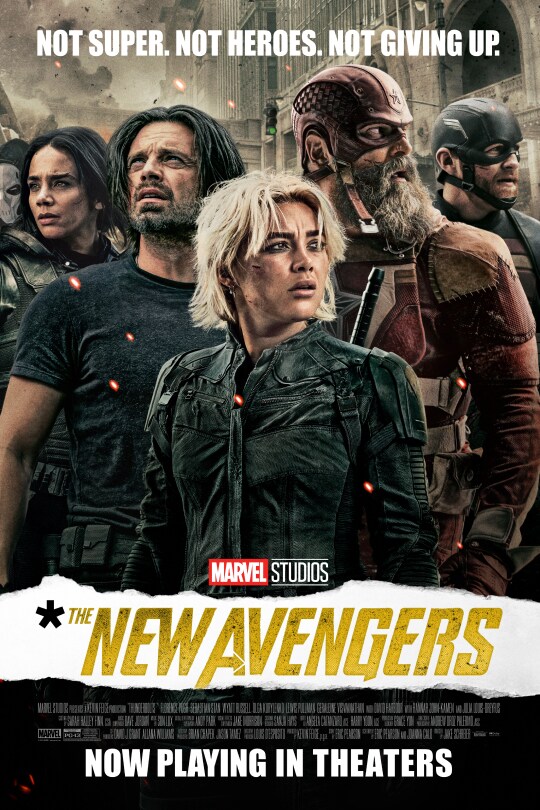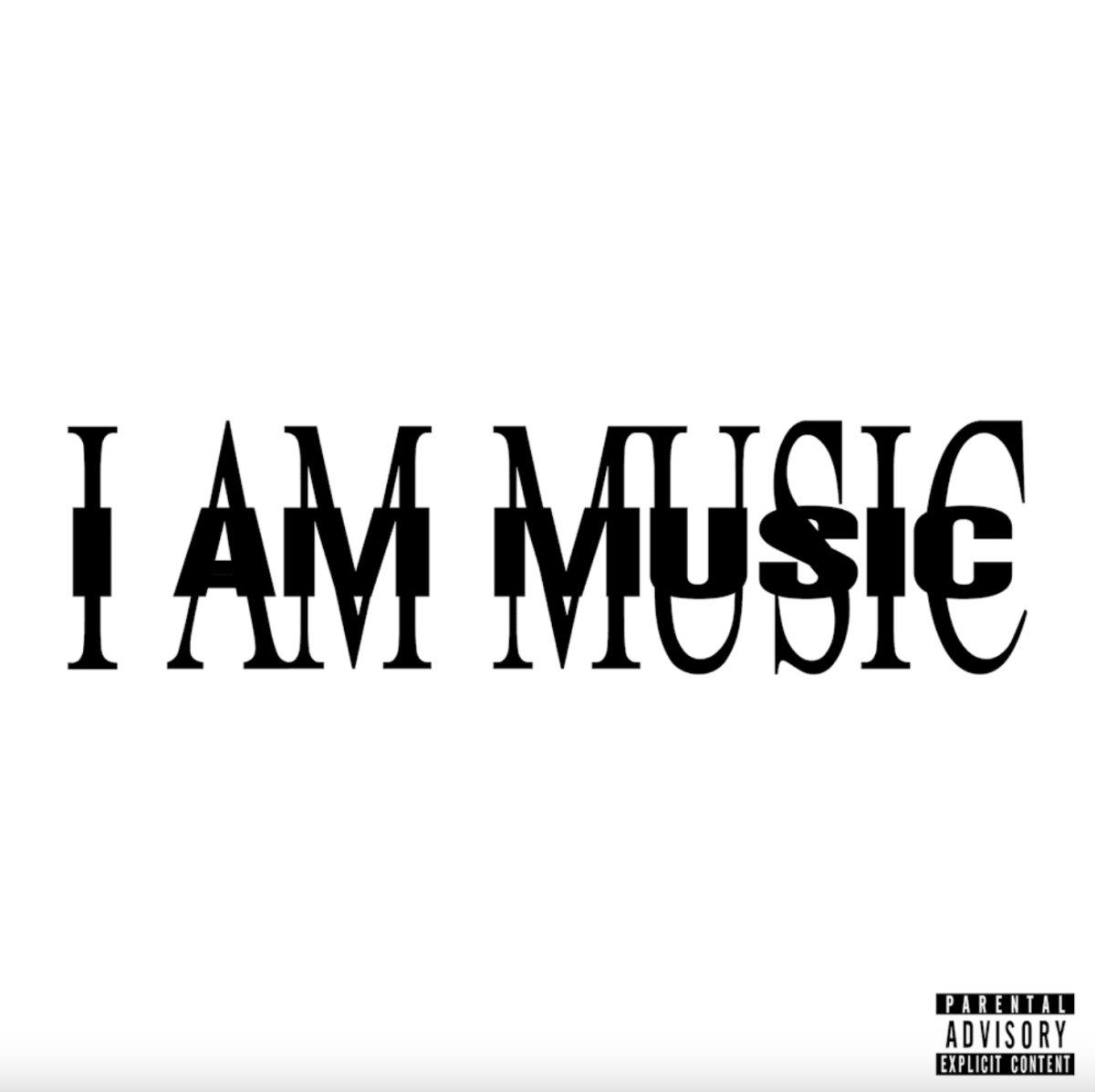Christmas is perhaps the brightest, most vibrant holiday of all. The stark green of pine trees, the vivid red of wreaths, and of course the bright, many-shaded lights hung in abundance, all contrasting with the pure white of new snow, make Christmas a yearly spectacle that is always enjoyable to behold. The holiday season’s colorful nature makes it a particularly appropriate time to discuss a controversial topic — the colorization of old black-and-white films.
When I think of Christmas, I am immediately reminded of two classic movies: Miracle on 34th Street, and It’s a Wonderful Life. Both of these movies were originally produced in black and white, and since their releases, colorized remakes of both have been made. Having seen both the color and black-and-white versions of both of these movies, I’ve concluded that the black-and-white versions are far superior. This isn’t simply a matter of nostalgia. While a common counterattack against critics of colorization is that they’re simply being stubborn and resistant to change, this argument is over-simplistic. I grew up in a world dominated nearly exclusively by color films, and in fact when I first saw both It’s a Wonderful Life and Miracle On 34th Street, I saw them in color. Despite all of that, I prefer the black-and-white versions.
It’s a Wonderful Life might have been made in black-and-white even if it was created today. Released in 1946, the movie tracks the life of small-town native George Bailey from his early childhood through adolescence, marriage, and fatherhood. The movie has spiritual encounters with angels, lengthy flashbacks, and even a long alternate-reality sequence that serves as its climax. Despite the unreal, ethereal subject matter, the movie’s drama is intense, and the ending is uplifting. The black-and-white visual style, which by its very nature separates the movie from the way we normally see reality, allows this to happen in much the same way animation does. The colorized version of It’s a Wonderful Life has less emotional impact because the coloration constantly distracts the audience by making some parts look unrealistic and ridiculous. The shadowy, stylistic black-and-white version not only communicates the story’s wonderful message better, it is also more visually appealing. Director Frank Capra shot the film in a very distinctive way, and the color ruins the specific atmosphere he created.
Miracle on 34th Street is the heartwarming story of an elderly man who believes himself to be Santa Claus and his quest to prove this to the New York Court system, a faithless but loving single mother, and, most importantly, her young daughter. The colorized version of Miracle on 34th Street is much more tolerable than the one of It’s a Wonderful Life, but it is this toleration that makes it just as dangerous. Miracle on 34th Street is much more focused on dialogue and character growth than on visuals so, the colorized version, which was colorized quite skillfully, doesn’t hurt the story much at all. Unfortunately, this acceptance of the colored version means that the original is a lot harder to find. While DVD’s of both have been made, I was only able to find a DVD of the colored version, and the television version is inevitably colorized. Again, the colored version of this movie is quite good, but I still prefer the original. The emotional value of Miracle on 34th Street comes mostly from the actor’s performances, not a particular visual style, yet the black-and-white version, which has a sense of age and timeless sentimentality, conveys these performances in a much more complimentary fashion.
Dozens of esteemed filmmakers and cinema aficionados, from George Lucas to Roger Ebert, have spoken out against it. While their artistic arguments are compelling, the ultimate damnation of colorized movies remains the fact that regardless of copyright, once art is made and embraced, it belongs to everybody. Altering art is societal vandalism, especially when the original version of the art becomes hard to find as a result. Christmas movies, classic stories we all enjoy every year, demonstrate this more than any other type of film. Despite my lack of religiosity, I find the universally appealing Christmas tradition to be incredibly important. Classic films like Miracle on 34th Street and It’s a Wonderful Life have changed not only individual lives but the very cultural fabric of our society. The holidays may be a colorful time, but in this case, it’s black and white, not red and green, that are truly the colors of Christmas spirit.






